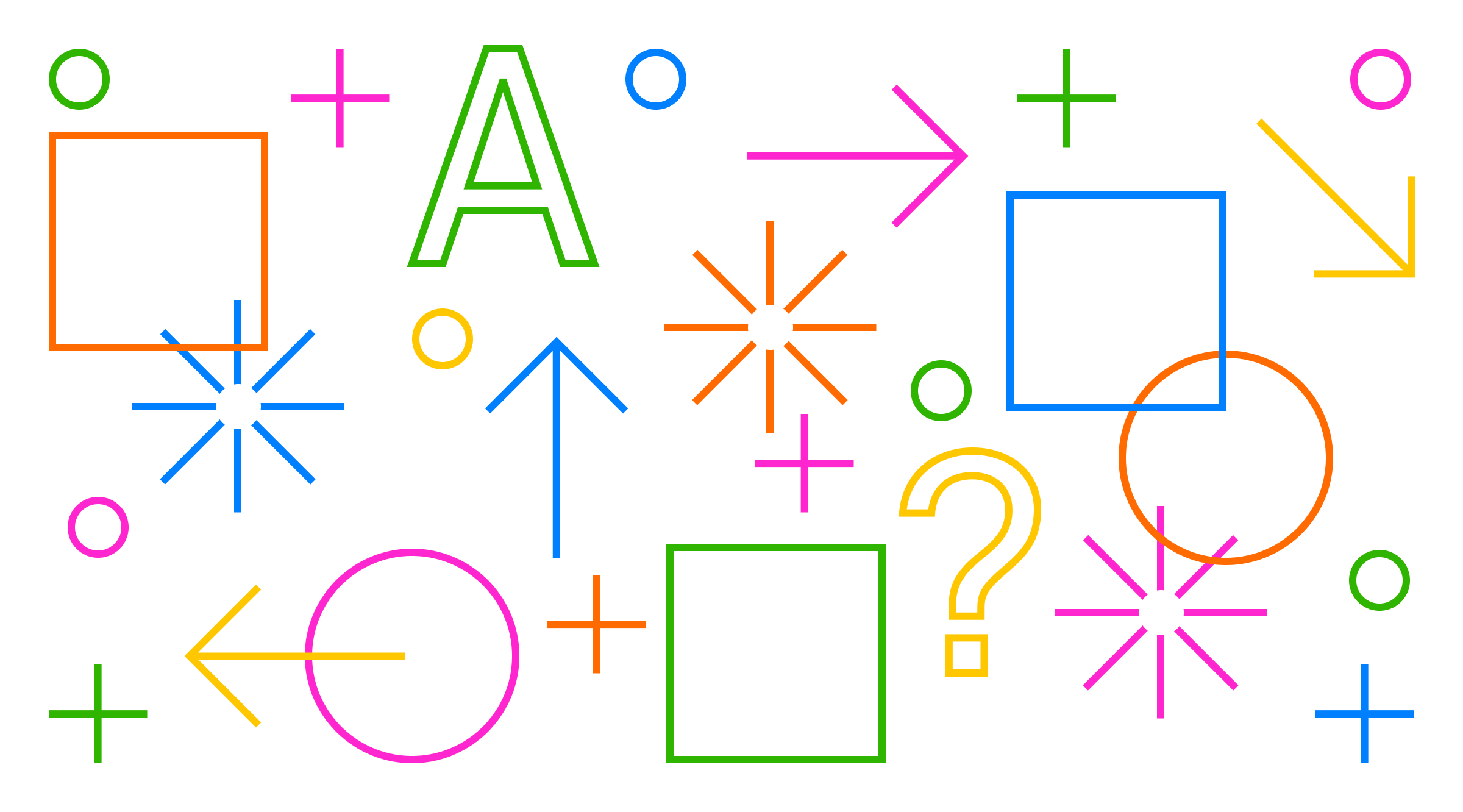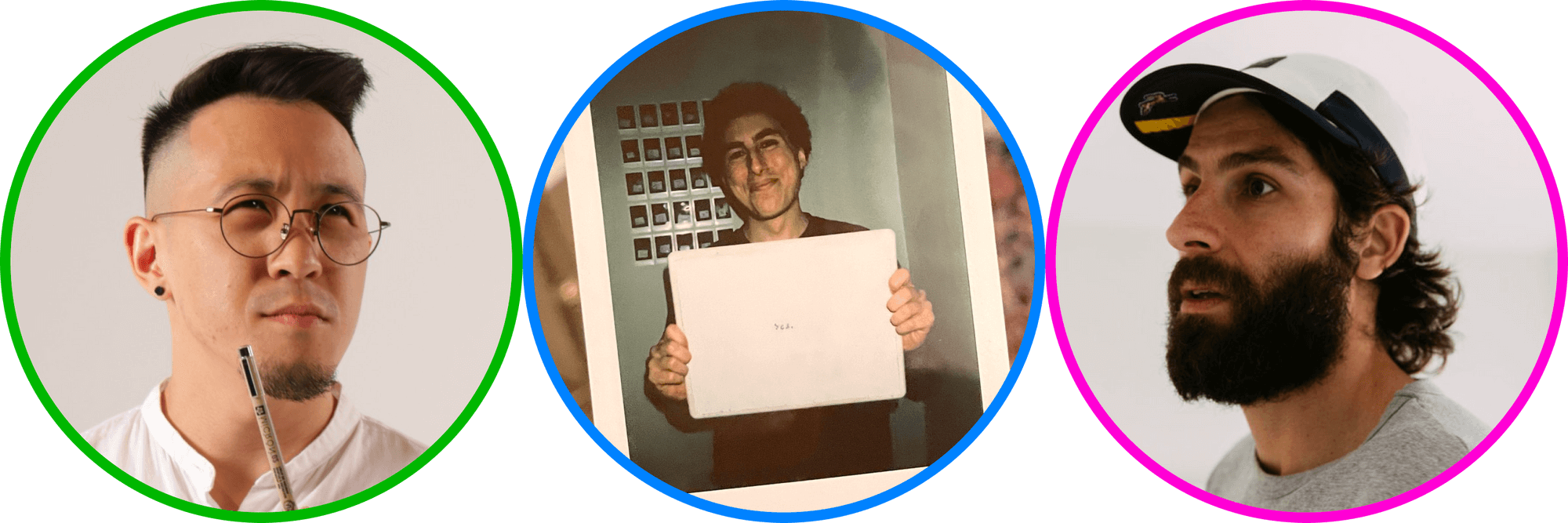Tips to increase your capacity to generate ideas
Ideas on how to supercharge your design workflow.

Although some designers possess a natural inclination toward generating exceptional frameworks, anyone can cultivate this skill through practice. In this article, we asked three well-versed professionals: Substack Product Designer Gabriel Birnbaum, Tracksmith Creative Director Rafael Oliveira, and founder of UX Playbook Christopher Nguyen about their approach to organizing essential aspects of their design life, from handling tasks and communicating with teammates to accumulating knowledge from other spheres and integrating it into practice.
By the time you’re done with this piece, you’ll know how to think better, make fewer mistakes, and boost your design workflow. By engaging in daily practice, you can gradually rewire your brain to think more innovatively, expanding your capacity to generate ideas.

Approaching a design project: Allow a margin for error and experimentation
Upon taking on a new design project, rather than assuming that the intent is understood and clear, Rafael Oliveira recommends jotting down a few initial ideas before looking at anything else: “It’s important to have a fresh perspective on how to solve a problem, because as soon as you start the research, you’ll be biased toward the existing knowledge on the subject, whether you like it or not. After conducting some research, I can come back to the original batch of ideas to compare and contrast to see if anything holds water and is worth exploring further. Sometimes that also means scrapping everything and formulating a completely new path fully informed by the research. I try to allow some margin for experimentation and errors along the way so as to open up the possibility of producing new results, which usually leads to the most satisfying outcomes.”
Envisioning a product: Use mental models
As a product designer, Gabriel Birnbaum is mostly engaged with digital flows, rather than single screens. When designing a feature that already exists in other products, he begins by researching online for similar flows in other products. “Not to copy, but to just understand. It’s usually better to ignore how other people do it, because they don’t do it very well. Then I create a place in my Figma files where I can get an overview of all the similar flows at once. At that point, I make my first pass—a contemplation based on what I want my flow to look like. I don't write it down, it’s more a sort of reflection on the job I’m trying to do. I ask myself about the incentives I’m offering to encourage users. What are the actions that my screen is asking of users implicitly and explicitly? And how do they align with the actions I want users to take? At that point I have something I’m usually happy with and take it from there. On the side, I can work on how I want it to look like and what I want it to do, then actually do it and review it.”
When designing a brand-new feature, Gabriel uses so-called mental models. “In general, it’s like trying to get a map understanding what users want and how it aligns with my expectation of what the product can deliver. At any point in the product I ask myself, Why do people want to do X? How do they want to do X? How do they think about X? What is a frame that will be compelling, so people can do X? And how does this align with my goal or hypothesis of what that product should look like, or should do?”
Collaborating with a team: Avoid ‘design by committee’
Rafael Oliveira tries to formulate a strong proposition, then brings it to his team so they can try to poke holes in it. He’s also protective of the types of holes that can be poked: “If the intent is to move the conversation forward and make the original idea better, then let’s have at it. If not, and the intent is to just compound a different idea on top of the existing one, then I’m a bit more reluctant to entertain that approach. It also has to do with making people responsible for producing work that’s respectful of the design process and other people’s contributions. Disruption for the sake of disruption usually leads to conflicted processes, and the results suffer from that. I try to avoid the ‘design by committee’ conundrum as much as possible.”
“Actually, there are two options,” explains Gabriel Birnbaum. “You either listen to no one and follow your vision, or you listen to one person and take their advice. Both are valid. On the one hand, dialogue is the creative method I use a lot. By this, I mean conversation with someone I really trust, usually a product manager or engineer, in an environment that’s intimate and has a high degree of trust. As we talk, I find flaws and gaps in my logic, which is helpful. On the other hand, we’ve compartmentalized the workflow enough so that you don’t need two designers on the same surfaces at all. So, there are a lot of good handoffs and bridges, and not a lot of clashing.”
Ensuring relevance: Iterate quickly and reasonably
Several attitudes help designers maintain relevance and resonate with the target audience throughout a project’s development. “Embrace the mindset of design thinking: everything is a work in progress. It’s all about the process of iteration, testing and improving over time. Perfect is the enemy of done. It's good to focus on quality and details, but really, you’re not striving for it,” says Christopher Nguyen.
“My deepest belief is that constant contact with reality is essential,” says Gabriel Birnbaum. “By that, I mean bringing a product to the market, seeing how it behaves, correctly interpreting the signals and very quickly adapting and improving accordingly. And I try to reduce my design to the minimum possible, doing my best to accelerate the speed at which we can come in contact with the market. This way, I validate my design ideas through marketing, feedback and research.”
Staying in the know: Consume, play, analyze
Accumulating knowledge and integrating it into practice is another crucial step. “I have three points. The first is consume: read, watch, listen. Go with your interests, then do this within your expertise—the design industry, then explore industries related to yours. By consuming a lot of varied stuff, you take in more information that gives you more insight into the shifting sands,” says Christopher Nguyen.
“The second step is play. Play with different product services and interfaces—new apps, video games, metaverse platforms, VR headsets. See what the hype is about and give it a go. Within play, there’s one more point—building stuff for yourself. Start using things like no-code tools because you're a designer and you can't code—this way, you might come across problems with fewer solutions.”
“Then comes the analysis. I think the best form of analysis comes from consuming and playing, then reflecting on that experience and deriving some form of insight from it. That's why I write. It forces me to sit down and think about where I see the trends, and what I would like to build in the future, whether it's a need or something that's of interest. The final point loops back to play and analysis, which is actually building something for yourself. How do you shape a new trend? Let's say I wanted to build an AI tool with design: How do I shape the trend of AI when I'm just a designer within it?”
“Having established that AI could offer lots of interesting solutions related to understanding user behavior and generating components, I would actually have to go in and try and do it myself. So that's it: consume, play, analyze, play, then analyze again.”